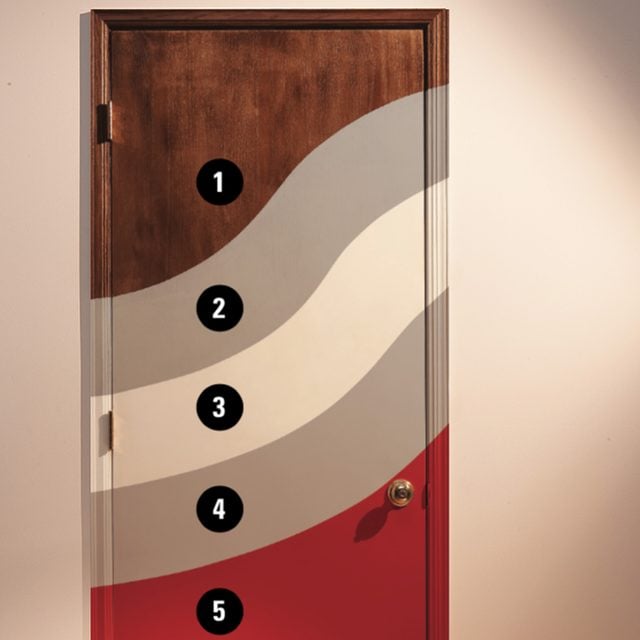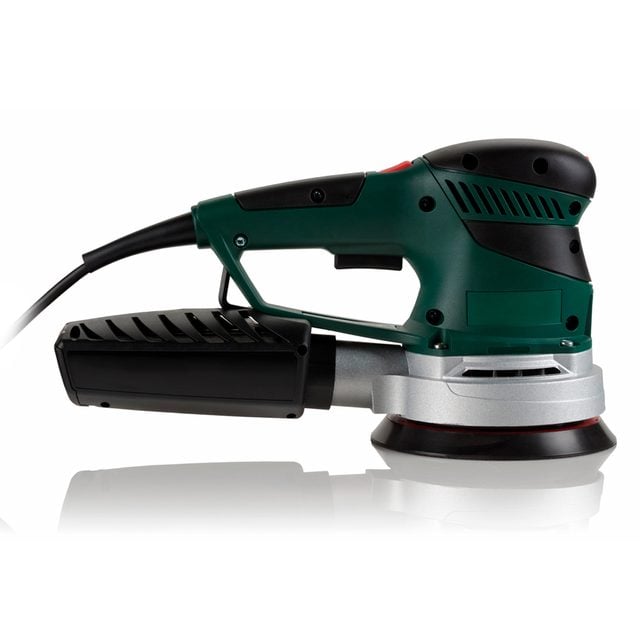How to Paint Varnished Doors
Updated: Dec. 21, 2023
Give a fresh look to an old varnished door.
Introduction
Save time and money as you give a fresh new look to tired old doors. Can't live with that ugly stain the previous owners used on the woodwork and doors? If you plan to paint the trim this article will show you the right way to paint the doors to complete the look.Tools Required
- 4-in-1 screwdriver
- Dust mask
- High-density foam roller covers
- Orbital sander
- Paint roller
- Putty knife
- Roller sleeve
- Roller tray
- Sanding block
- Shop vacuum
Materials Required
- acrylic latex paint
- Sandpaper
- Spackling compound
- stain-killing primer
Project step-by-step (3)
5 easy steps to paint over stained wood

Painting over stain steps:
- Sand with 150-grit paper
- Prime with stain-killing primer
- Spread on spackling compound
- Prime with tinted primer
- Paint with acrylic latex
If you have ugly stained and varnished doors and trim and you’d like to paint the whole works, here’s the best way to get a good-looking result by painting over stained wood.
How to Paint Stained Wood: Sand the surface

Start by sanding the surface with a random-orbital sander and 150-grit paper. Use a fine-grit sanding sponge to get into crevices. Don’t try to sand off all the varnish. The goal is to remove any flaky varnish and to roughen the surface for a good primer bond. Wipe off the dust with a brush.
Then roll on a coat of BIN or KILZ (available at home centers for about $8 per quart). Have the home center or paint store tint the primer to a grayish color to help cover the underlying varnish. It also helps the finish paint cover with fewer coats. Apply the primer with a 6-in. high-density foam roller ($5 to $8 at home centers) to avoid brush marks.
If you want to keep the wood grain from showing through the paint, trowel a thin layer of spackling compound over the entire surface (Ready Patch is one brand, available at home centers for $6 for 1 qt.; zinsser.com).Use a 4- or 6-in. putty knife to work the compound into the wood grain pores and to fill holes. Wait for the compound to dry, then hand-sand with 220-grit sandpaper. Roll on a second coat of primer. Let it dry overnight, sand again with 220-grit sandpaper, then use a new foam roller to apply the paint.
Beware of Lead
If your home was built before 1979, check the paint for lead before you scrape or sand. For more information, go to hud.gov/offices/lead.

